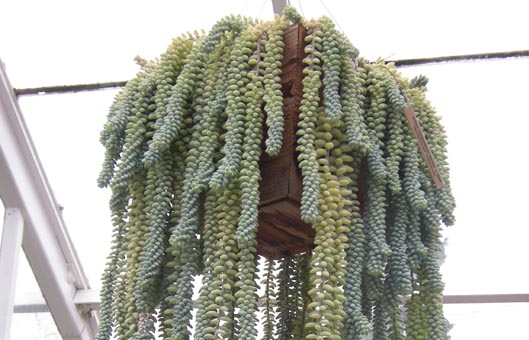If you’re looking to upgrade your indoor plant game, it may be time to consider adding hanging plants to your repertoire. Indoor hanging plants are a great way to add even more greenery to your home, and are an elegant addition to practically any space. We here at CraftSide have put together a list of our top ten best indoor hanging plants to help you choose the right plant for you. Keep reading to learn a little bit about each plant and get a short overview of its general care and growing requirements.















